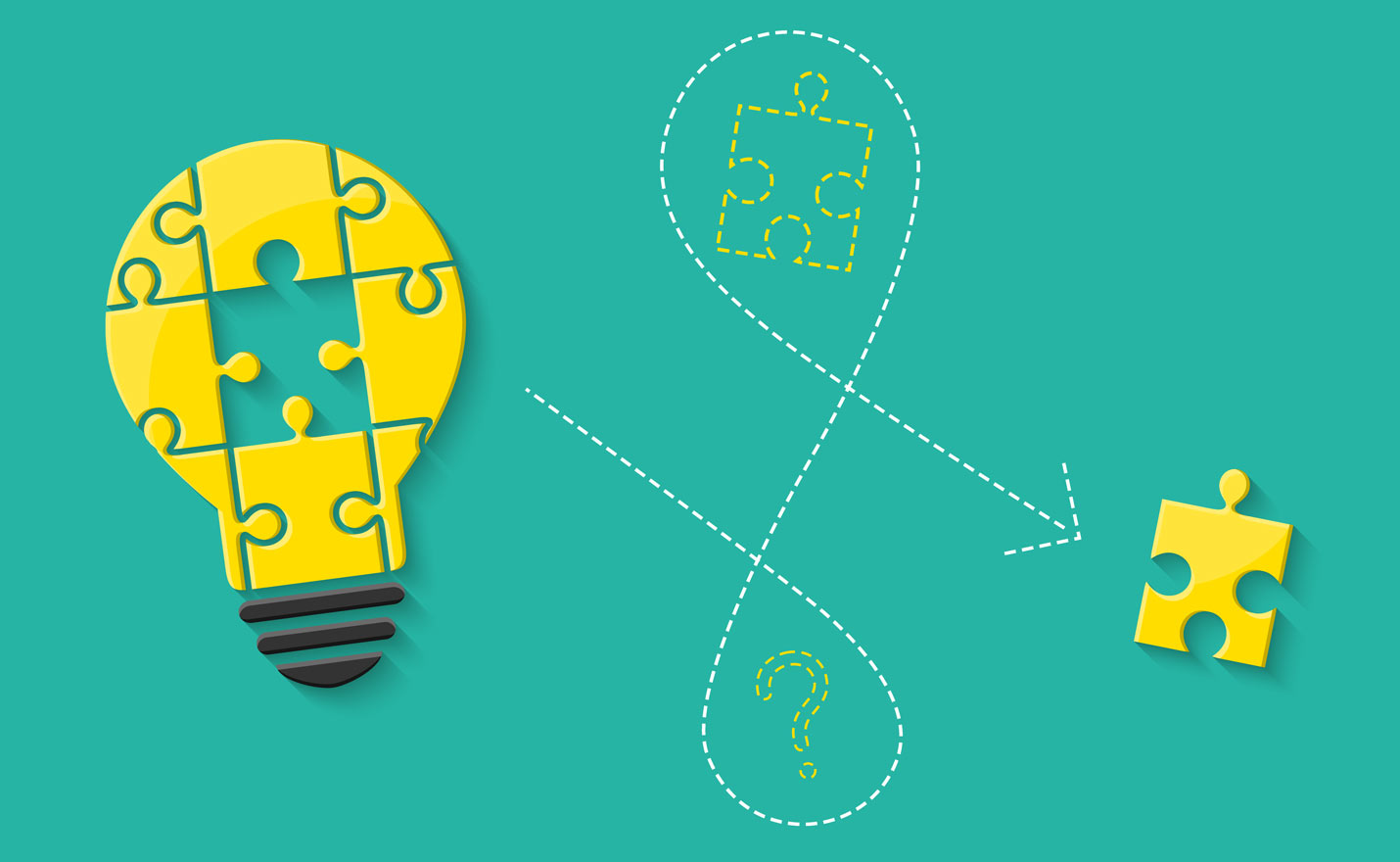The last step in the problem-solving process is to execute (or implement) your solution. In some cases that requires you “only” to convince others that the solution you’ve identified is a good one. Other times, you’ll also get to implement it, monitor its effectiveness, and take corrective actions as needed. Either way, an essential part of the execution is to convince others that your conclusions are valid, which will require you to communicate effectively.

Ensure that you prepare your delivery by designing an effective presentation—including displaying information effectively and using appropriate chart types (on slide design, see also here, here and here;design is indeed important, and not just in slides). As you craft your message, start early, initiate with your conclusion, and consider telling it as a story.
A problem which is considered complex might not be able to be solved today. Rather, it might need to simply stay on your radar until a viable solution becomes available. These are problems you can’t understand at the moment, but need to solve anyway. Usually the best bet is to implement a temporary solution until the problem can be further. The problem-solving process is a search for, and implementation of, the best possible solution for a specific problem. As a problem solver, you will develop your own method for solving problems. One of the best methods for doing this is to try to use the most effective aspects of the four different.
Considering that problem solving is a part of almost every person’s daily life (both at home and in the workplace), it is surprising how often we are asked to explain what problem solving is and why it is important. Problem solving is at the core of human evolution. What is Problem Solving Problem Solving is the process undertaken to find solutions to complex or difficult issues by taking an analytical approach using scientific methods. Effective problem solving requires the issue to be recognized and fully understood by the problem solver. Problem Solving Strategies. Get your thinking cap on! There are many different ways to solve problems correctly. Click on any of the strategies below to learn more about them!
Also important is to ensure that your ideas remain clear in your message and that your logic is sound in all of its aspects. One way to do this is to use slides’ taglines optimally.
Influencing others may also involve some negotiations. So, you may need to improve your persuasion skills; one way to do so is to get your stakeholders to buy in your ideas by making them theirs.
If you are also responsible for rolling out the solutions, consider whether a gradual rollout is appropriate. It may also be judicious for you to implement earlier rather than later.



As in all the other parts of the resolution process, enlist others to assist you; to do so, consider engaging your team and helping others be successful. Also important is for you to lead change, ensure you have a good team, and manage people optimally (see also another post on managing people). This may require you to adapt your leadership style.
If your setting allows it, you may get to solve a complex problem by building on the successful resolution of related, simpler ones.
(For practical considerations, see our case study on preparing a message and presenting conclusions.)
This section houses assorted resources to assist teachers, school based problem solving teams and schools as they develop their RTI school wide programs. These tools are focused on helping schools use EBI in a problem solving framework. These tool should be useful for schools who have adopted a RTI eligibility process, and schools who have not as long as there is a team of teachers helping address children in need of EBI. As we are in the process of developing this section please contact Dr. Chris Riley-Tillman if you have any requests or ideas.
7 Step Problem Solving Process
Problem Solving Team Resources
